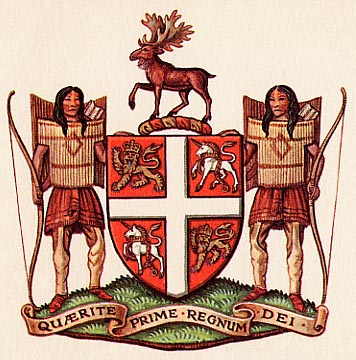
History

 |
Newfoundland History |
 |
Newfoundland Chooses
[For the source of this article, see the end of the text]
When Newfoundland attached herself, on Friday, to the Dominion of Canada she took a further step in a long series of political changes. All of those changes have been made within the framework of the British Commonwealth and Empire and for almost a century they have been made both with the consent and at the behest of the Newfoundlanders themselves.
Newfoundland started out as a group of fishing concessions with a seasonal population and even a seasonal Governor. British sovereignty was recognized in 1713 under the Treaty of Utrecht, and Newfoundland was a simple Crown colony. The movement toward representative and responsible government was initiated in 1832 and, after the subsequent suspension and restoration of the Constitution, Newfoundland became, in 1855, completely self-governing. This status as a dominion continued until 1934, when, under the pressure of economic hardship, the Dominion renounced its status and returned to government by joint commission under the Crown.
Then, in 1946, a convention was elected to recommend a form of future government. In two plebiscites the Newfoundlanders themselves rejected commission status and chose union with Canada rather than independance as a Dominion. The majority was not overwhelming, but it was a majority vote in a free election.
An American historian once called the British Commonwealth and Empire "the end product of a series of historical accidents". But there has been no accident in Newfoundland. Withing the extremely flexible British political structures it has been possible for the people themselves to determine what course of action they wished.
Source: "Newfoundland Chooses", editorial, The New York Times, April 3, 1949, p. E8.
Return to Canadian Views of Newfoundland's Entrance into Confederation
© 2004 Claude Bélanger, Marianopolis College |